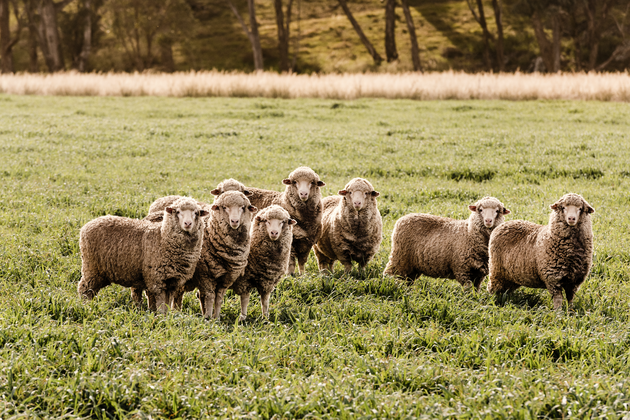Welcome to Australian Wool Innovation, a hub for the woolgrowers of Australia.
Not a woolgrower? Looking for information about wool products, wool care or wool processing?
The Woolmark Company is the global authority on wool. Visit Woolmark.com instead.
WoolPoll Panel

The role of the WoolPoll Panel is to confirm that the draft forms and the process for conducting the WoolPoll ballot have been examined and assessed as appropriate.
Under the Wool Services Privatisation (Wool Levy Poll) Regulations 2003, AWI must form an industry panel, known as the WoolPoll Panel, comprising eligible levy payer representatives. The role of the WoolPoll Panel is to confirm that the draft forms and the process for conducting the WoolPoll ballot have been examined and assessed as appropriate. Its role is not to tell woolgrowers what rate to support.
A WoolPoll Panel Selection Committee – which comprised Nick Turner, Woolgrower Industry Consultation Panel (WICP) Independent Chair; Paul Maisey, Department of Agriculture, Fisheries & Forestry (DAFF); and Neil Jackson, AWI Board Director – met on 18 January to select the 2024 WoolPoll Panel members from 11 nominations provided by WICP representatives.
The aim was to deliver a WoolPoll Panel that was reflective of the diversity of levy payers. Importance was placed on the nominee’s production experience and industry engagement, as well as ensuring representation across varying wool sectors, diverse production systems and different geographic areas.
The WoolPoll Panel also includes a representative from DAFF (non-voting member), and a representative from AWI (non-voting member).
The WoolPoll Panel had its first meeting on 23 February. The Panel elected Rich Keniry as the Panel Chair.















